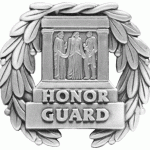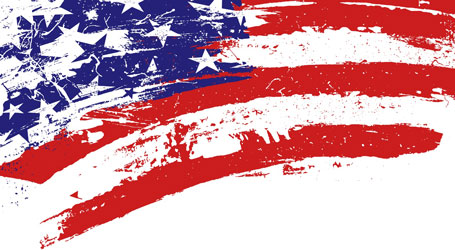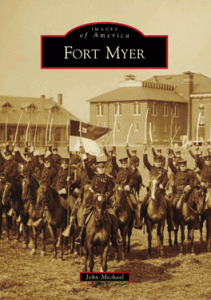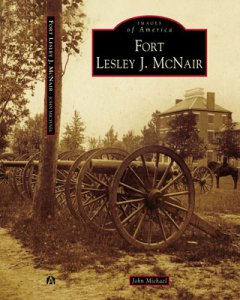The Tomb of the Unknown Soldier is a monument dedicated to deceased U.S. service members whose remains have not been identified. It is located in Arlington National Cemetery in Virginia, United States.

 The Unknowns:
The Unknowns:
The Untold Story of America’s Unknown Soldier and WWI’s Most Decorated Heroes Who Brought Him Home
OCT. 25, 2019 |
Courtesy of the U.S. Department of Defense
“The appearance of the U.S. Department of Defense (DoD) visual information does not imply or constitute DoD endorsement.”
At 100, Jack Eaton is the oldest living, oldest known sentinel of the Tomb of the Unknown Soldier. His and other sentinels’ names are there on plaques, commemorating their service. Sentinels, all volunteers, are members of the 3rd U.S. Infantry Regiment, also known as “The Old Guard.”
Life in the Army for Eaton began when he left coal country in southeastern Pennsylvania to enlist in 1937 at age 18. Stationed at Fort Belvoir, Virginia, he said, he fired expert with his rifle and was very competitive in military training and other activities, and that got him selected for the job. Sentinels are also usually tall, and Eaton’s height also helped. At 6-feet, he was considered tall at the time.
Eaton spoke during a tour of the Pentagon, where he met with Deputy Defense Secretary David L. Norquist and others.
Earlier in the day, he also visited the Tomb of the Unknown Soldier, after arriving on an Honor Flight from Burton, Michigan, where he now lives.
While at the Tomb of the Unknown Soldier in Arlington National Cemetery in Virginia, Eaton said he was struck by the elaborate, precision movements of the sentinels, although he remembers it being similar during his time there, with knife-edge creases on the soldiers’ uniforms. He recalls the snap and pop sounds of doing the manual of arms with his rifle.
One thing that has changed since Eaton’s days as a sentinel is that the changing of the guard ceremony is now every hour instead of every two hours. Eaton said he was told that the change was made so more visitors could view the ceremony, and he said that’s a good thing for the public to see.
Eaton picked up rank quickly and eventually became corporal of the guard, responsible for ensuring that the changing of the guard and other activities went smoothly.
Eaton’s enlistment expired in 1940, and he went to work for Hudson Motor Car Company. His work there was short-lived, however, because the United States entered World War II after the Dec. 7, 1941, attack on Pearl Harbor, Hawaii.
Eager to get into the war, Eaton returned to Fort Belvoir. His old unit had disbanded, but his old company commander was still there and remembered him. He got Eaton into welding school in Washington, where he trained daily on the use of oxy-acetylene and various forms of electric welding. The training soon paid off, he said.
There is no gallery selected or the gallery was deleted.
Eaton was assigned a truck full of welding gear and mechanical tools and parts, as well as a full-time mechanic. In 1942, just months after the war started, Eaton, his mechanic, and the truck were shipped off to England, where they went from airfield to airfield repairing heavy equipment such as bulldozers, graders, and cranes used to build runways.
It was a lot of work, he said because many new runways were being built. This required a lot of heavy equipment, which frequently broke down.
As the war progressed, Eaton, his truck, and his partner were transferred to France, and eventually to Germany. By the end of the war, he had attained the rank of technician fourth grade.
After the war ended in 1945, Eaton said, he went back to Hudson to work, but only for a short time, because he found a better job in the window replacement industry.
After a while, he said, he decided he could make a lot more money starting up his own window business, and he did so after purchasing a 2,100-square-foot factory and showroom. His business was such a success that he was able to retire at the ripe young age of 55.
Eaton said he’s impressed with the service members he meets today. As for advice to give them on how to succeed, he offered: “Accept responsibility, don’t shirk your duty, honor your oath, be proud of what you do, and try to do better each time.” He also said that healthy competition with other soldiers will do much toward self-improvement.
As for his secret to living to be 100 and walking around the Pentagon at a fast pace without a wheelchair, Eaton credited the genes of his mother, who lived to be 100. He also said he quit smoking in his early 30s, drinks moderately — or not at all for long periods of time — eats right, and gets up every morning to do rigorous exercises.
Eaton said he’s lived a full and happy life and was blessed to have the chance to serve his country and contribute to society afterward.
Tomb of the Unknown Soldier:
A Century of Honor, 1921-2021
BUY THE BOOK
Images of America – Fort Myer is a pictorial chronicle of the first one hundred years of history containing over two hundred photographs, maps, and images. Beginning in the 1860s and carrying through the 1960s it provides a view of what was over time.
of what was over time.
An autographed copy of the book can be purchased at BUY THE BOOK.
Tomb guards

Guard Identification Badge Tomb of the Unknown Soldier
The tomb guards are soldiers of the United States Army. The first military guards were troopers from the 3rd Cavalry, “Brave Rifles”, who were posted nearby on Fort Myer. Since April 6, 1948, (known then as “Army Day“), when the regiment was reactivated, it has been guarded by soldiers from the 3rd Infantry Regiment, “The Old Guard”. The Old Guard is also posted to Fort Myer, Virginia, adjacent to Arlington National Cemetery.






